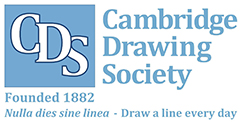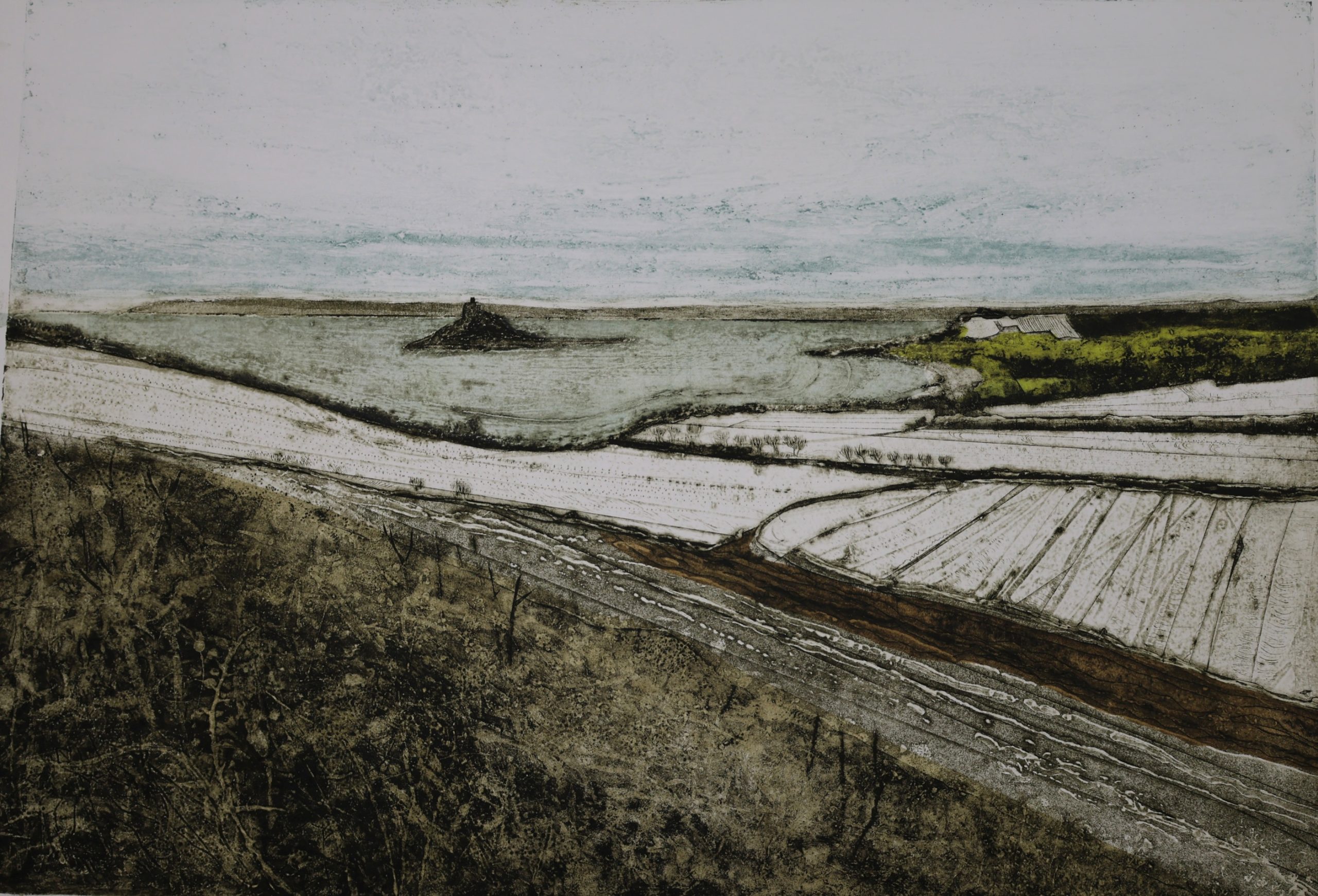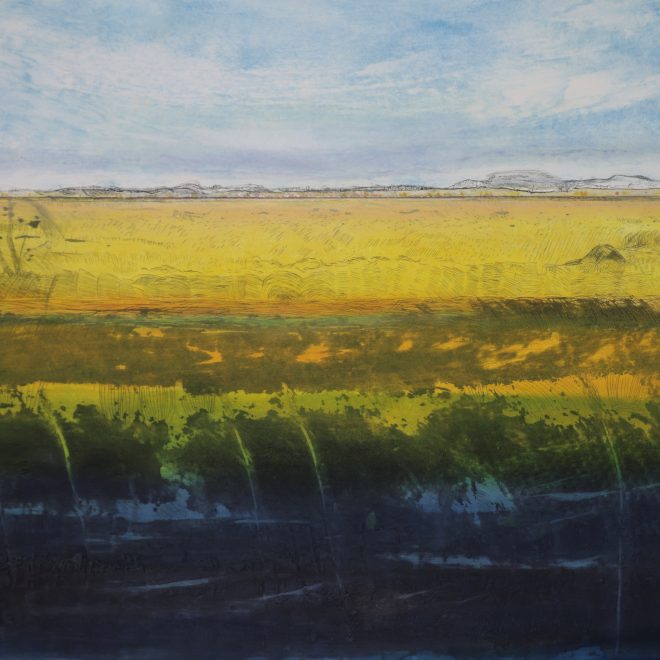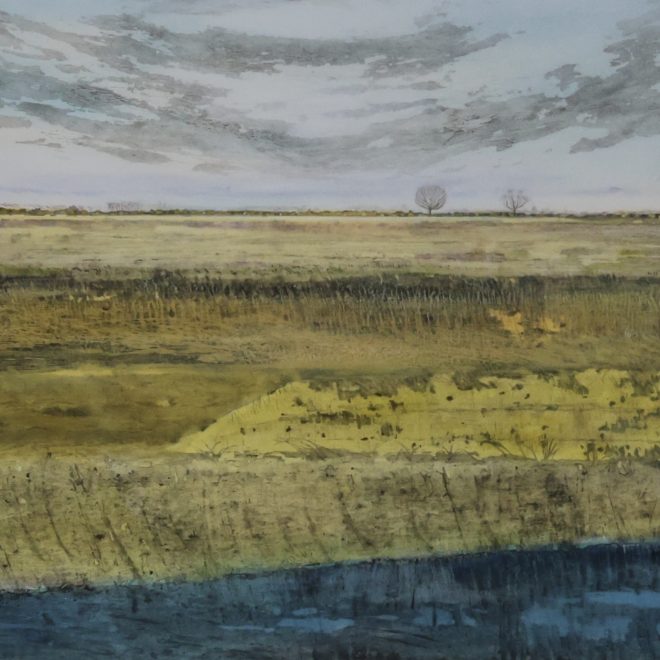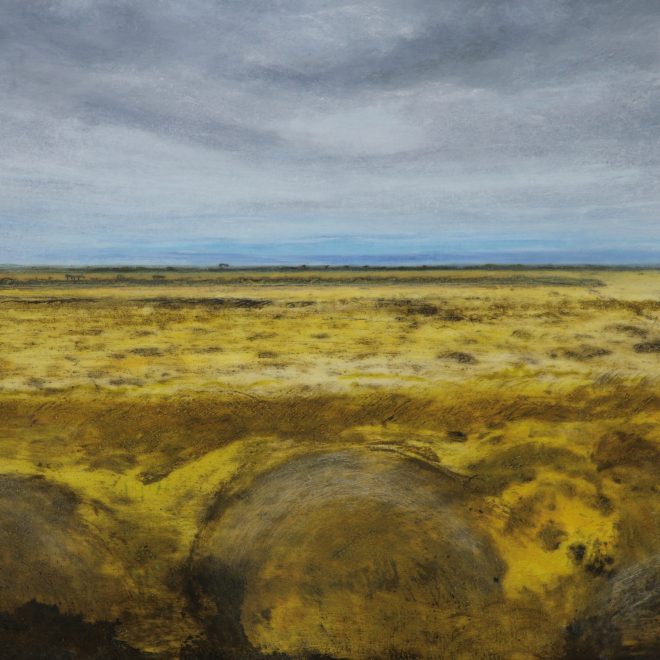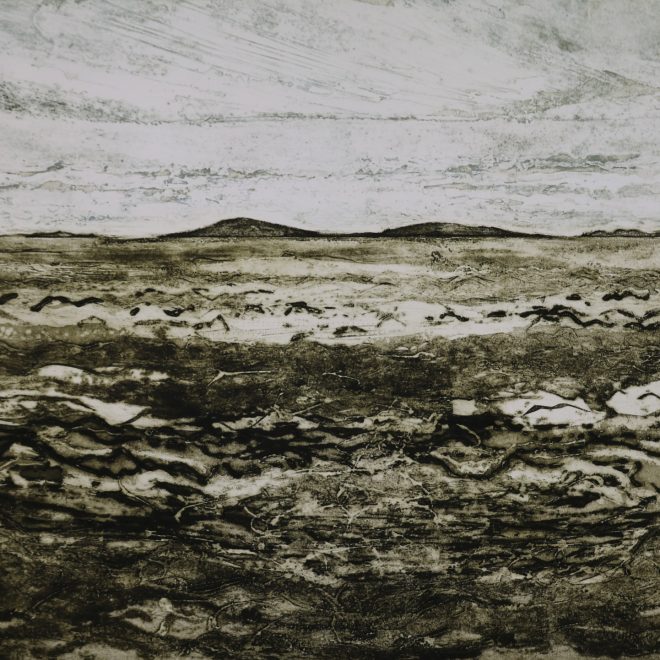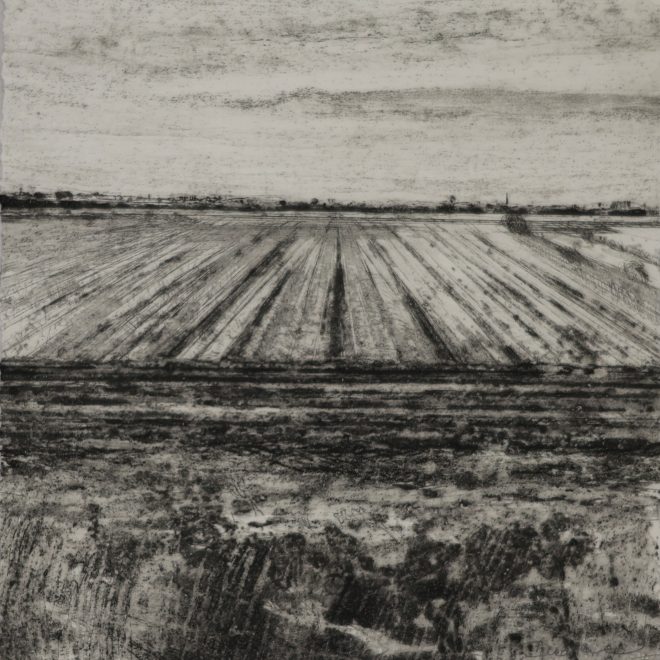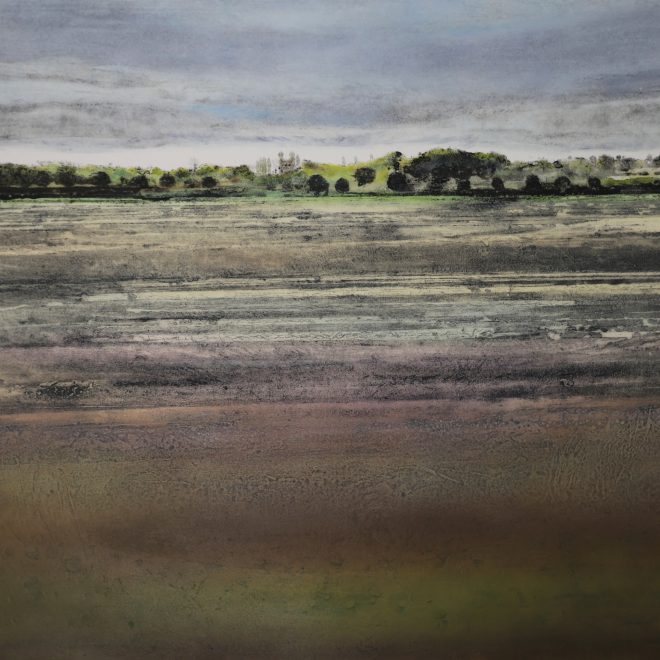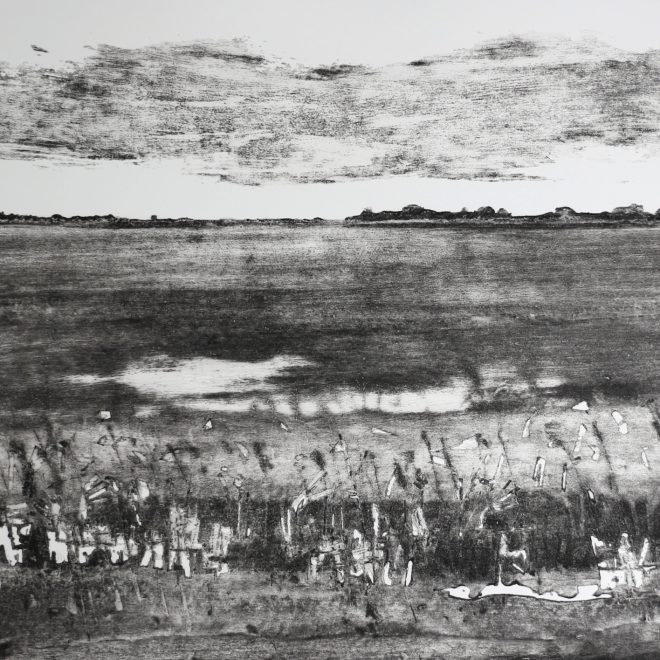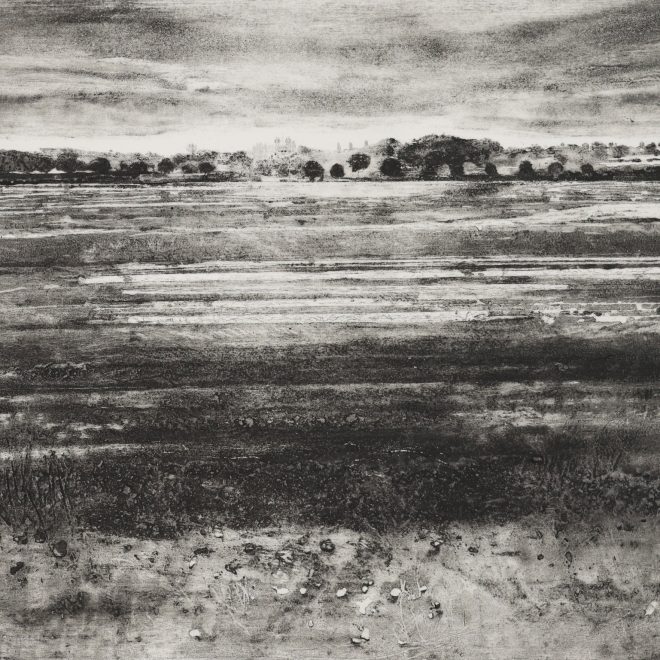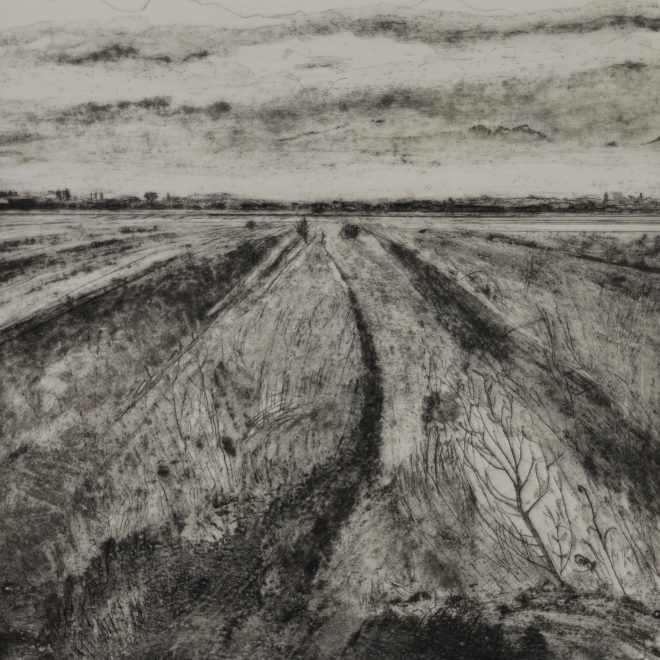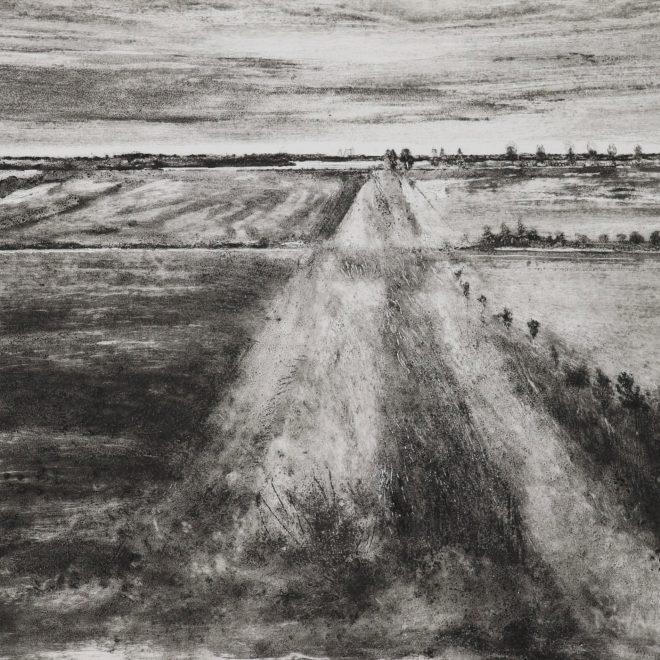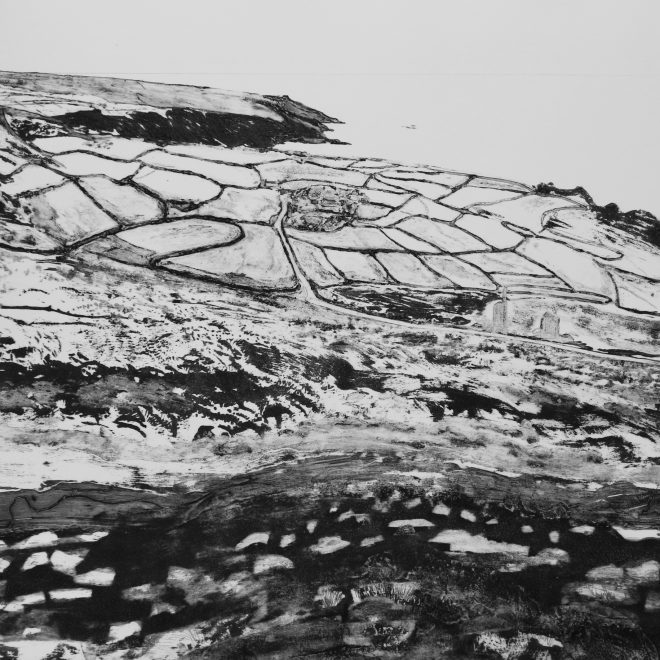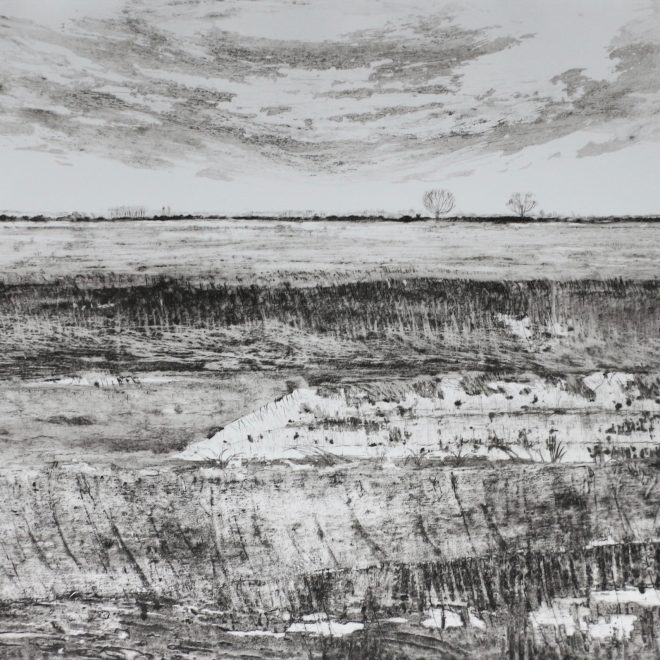Iona Howard
My prints use figuration and abstraction to portray the landscape of places I know well. Living on the Fen Edge near Cambridge, the initial focus of my work is the meeting point of land, horizon and sky, often with the texture of the black soil rendered in the foreground, or the thready detail of reed and sedge picked out across the surface of a wetland. I begin my work en plein air, and then through the process of refining my plates, express landscape filtered through memory. On frequent visits to my native West Cornwall, I draw inspiration from the ancient semi natural landscape and dramatic coastline, which often starts with a walk or a boat trip with a sketchbook.
My limited edition prints are hand pulled on an etching press in my Cottenham studio. I use traditional printmaking methods including carborundum, collagraph, drypoint and monoprint.
My work has been selected for exhibitions including The Royal Academy Summer Exhibition, The Society of Women Artists Open Exhibition, The International Original Print Exhibition and Woolwich Contemporary Print Fair. I am a member of Cambridge Open Studios and exhibit at several galleries throughout the UK, including locally at Cambridge Contemporary Art.
I was awarded an MA in Fine Art Printmaking from Cambridge School of Art in 2009 and previously studied at The Royal Academy of Art, and Winchester and Falmouth Schools of Art.
Website: www.ionahoward.com/
Instagram: www.instagram.com/iona.howard/
